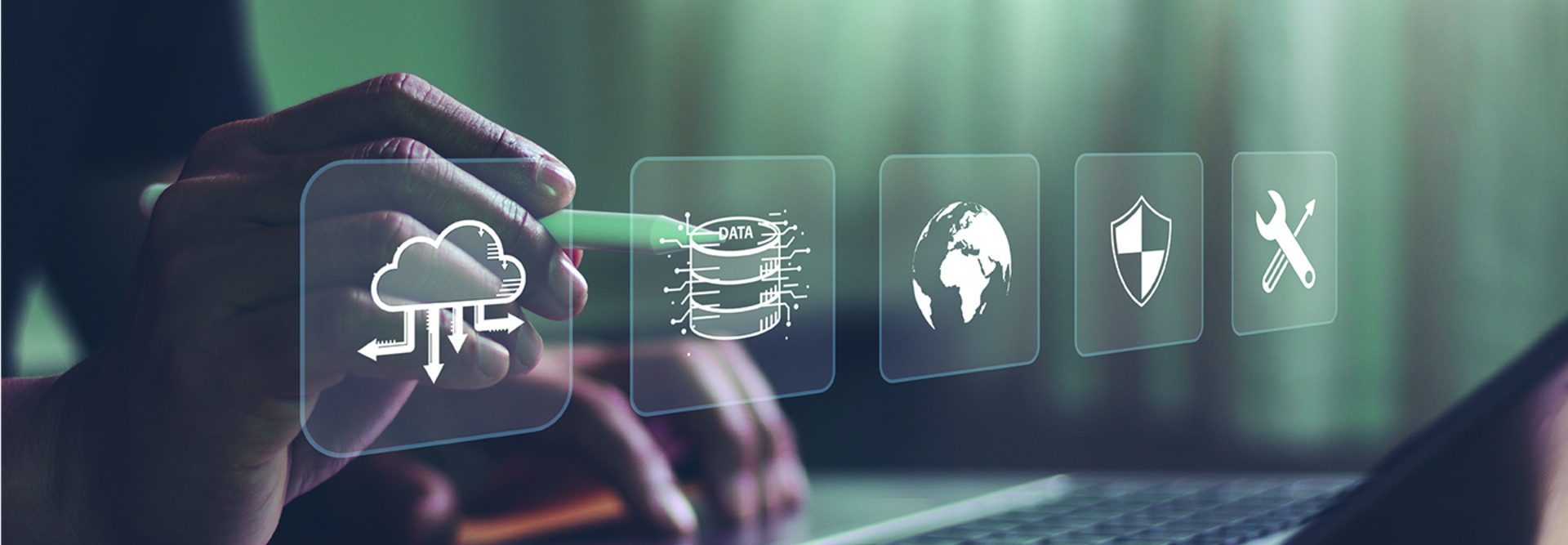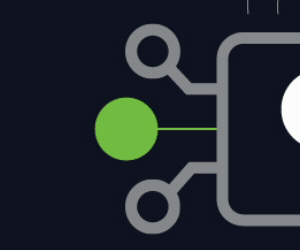1. Go Beyond Data Backups by Embracing Cyber Resilience Measures
Agencies must begin addressing cyber resilience by determining their critical systems and data points. This identification process enables them to create specific data protection plans and incident response strategies. The former need to align with operational requirements.
While secure backups remain crucial to any cyber plan, they should not be the sole consideration. Traditional data backup strategies are often ill-equipped for evolving cyberthreats and supply chain risks, as they frequently lack the necessary security, scalability and resilience to withstand sophisticated attacks and disruptions, leaving backups vulnerable to unauthorized access and data corruption.
Agencies must move beyond traditional backup strategies and ensure that supply chain data remains secure and available during and after an attack or disruption. By adopting more modern, secure backups using air-gapped and immutable storage, they can significantly enhance their ability to mitigate supply chain risks by isolating backups from network attacks, preventing unauthorized access and ensuring data integrity — even if primary supply chain systems are compromised.
DISCOVER: The Office of Justice Programs enhanced services with Okta Identity Cloud.
2. Deploy Artificial Intelligence-Powered Cybersecurity
Artificial intelligence is a two-pronged technology with potential benefits and harms depending on how it is developed and used. AI-powered security systems automate threat detection and response, but cybercriminals and nation-state adversaries are also leveraging the technology to develop more sophisticated attacks, including automated phishing and adaptive malware.
Cyber teams responsible for supply chain security can use AI not only for defense but also to anticipate and neutralize AI-enabled cyberattacks in real time, such as predicting attack vectors and deploying countermeasures swiftly.
3. Align Cyber Resilience with Zero-Trust Frameworks
Civilian and defense agencies are actively implementing zero-trust architectures, with the Department of Defense aiming for full implementation in its supply chain by the end of fiscal year 2027. Zero trust can drastically reduce the risk of insider threats and enhance the security of critical supply chain data and systems by ensuring that only authenticated and authorized entities can access critical data and systems. In this case, access requests are verified rigorously regardless of location.
Zero-trust architecture principles address software supply chain risks by verifying every access request and limiting access to only necessary data. This approach reduces the attack surface and prevents attackers from moving laterally within the network, even if a breach occurs. Moreover, zero trust-based capabilities — such as intelligent data locks, retention locks, access controls, and air gaps that isolate data and encryption — help ensure data’s integrity and availability and are also essential in building supply chain cyber resilience.
MORE FROM FEDTECH: Microsoft solutions help feds police their artificial intelligence work.
Agencies must also consider the hackers’ intentions as part of their zero-trust strategies. By assuming that hackers have already breached their networks, they can prepare for a range of potential outcomes, whether the goal is supply chain data theft, disruption or destruction.
4. Implement Real-Time Threat Detection and Continuous Testing
Assessing the integrity of backup and recovery procedures through continuous simulations of real-world supply chain attack scenarios remains essential.
Cyber teams need the ability to quickly identify unusual behavior, uncover vulnerabilities and respond to threats more efficiently than manual processes allow. Real-time monitoring plays a critical role in meeting this demand by enabling security teams to detect and neutralize threats before they can cause significant harm.











